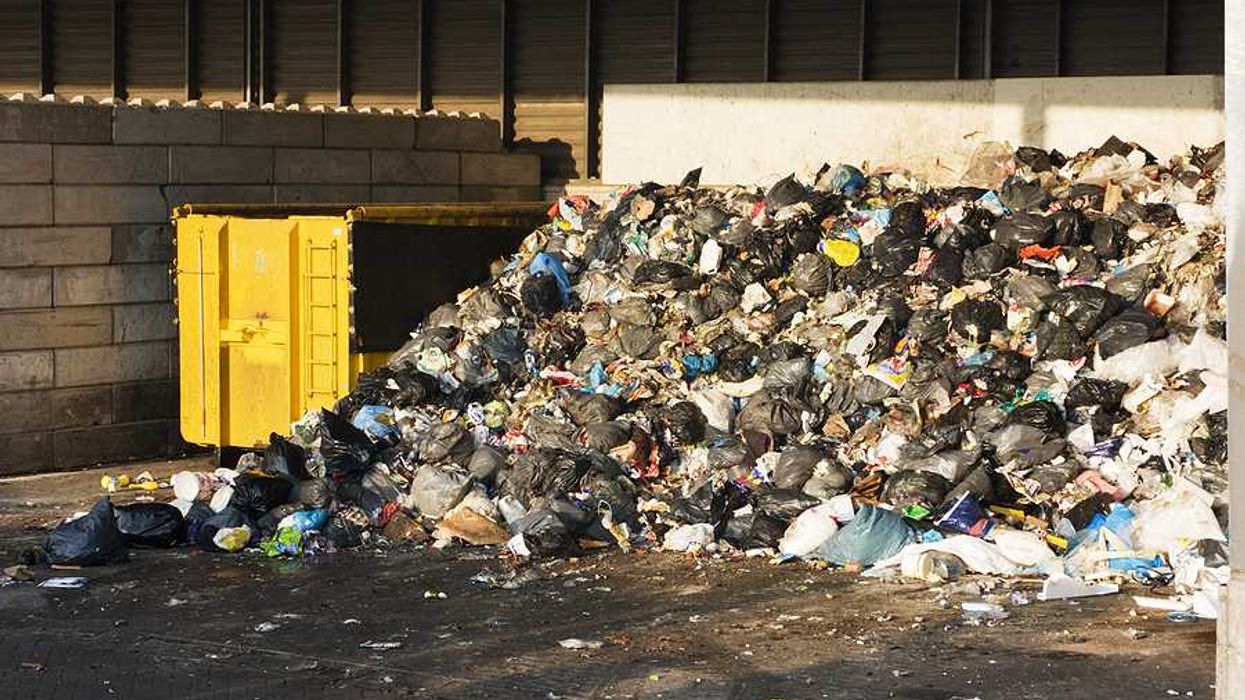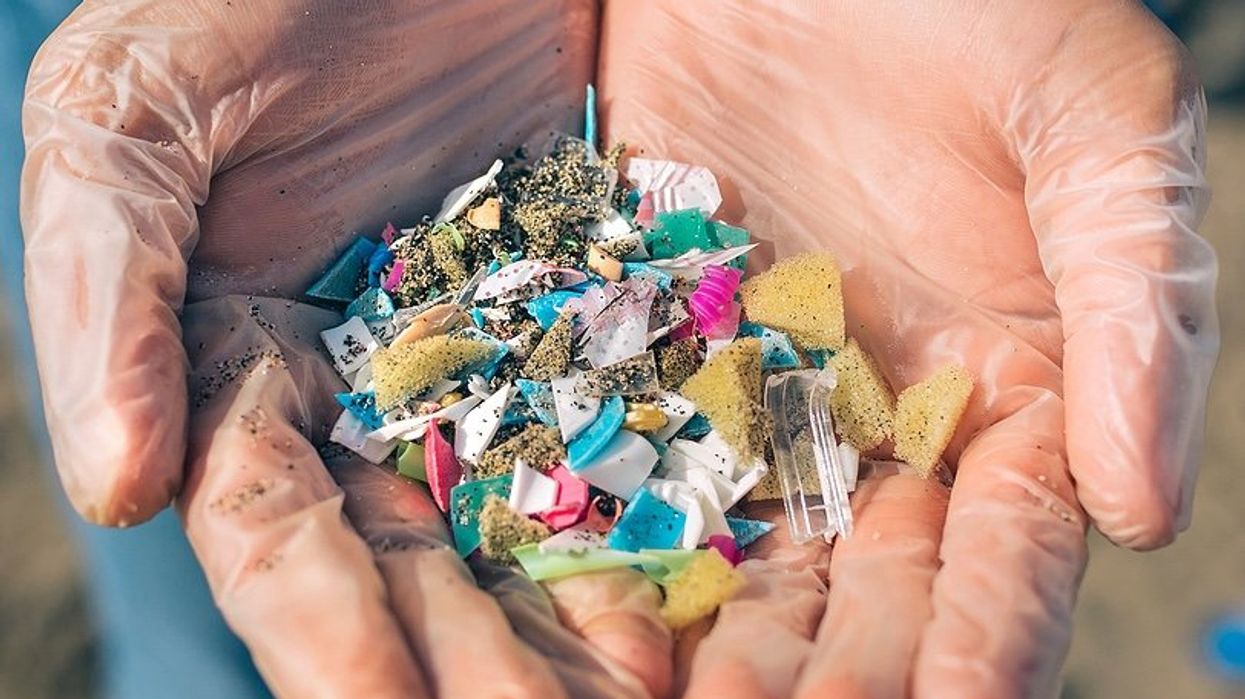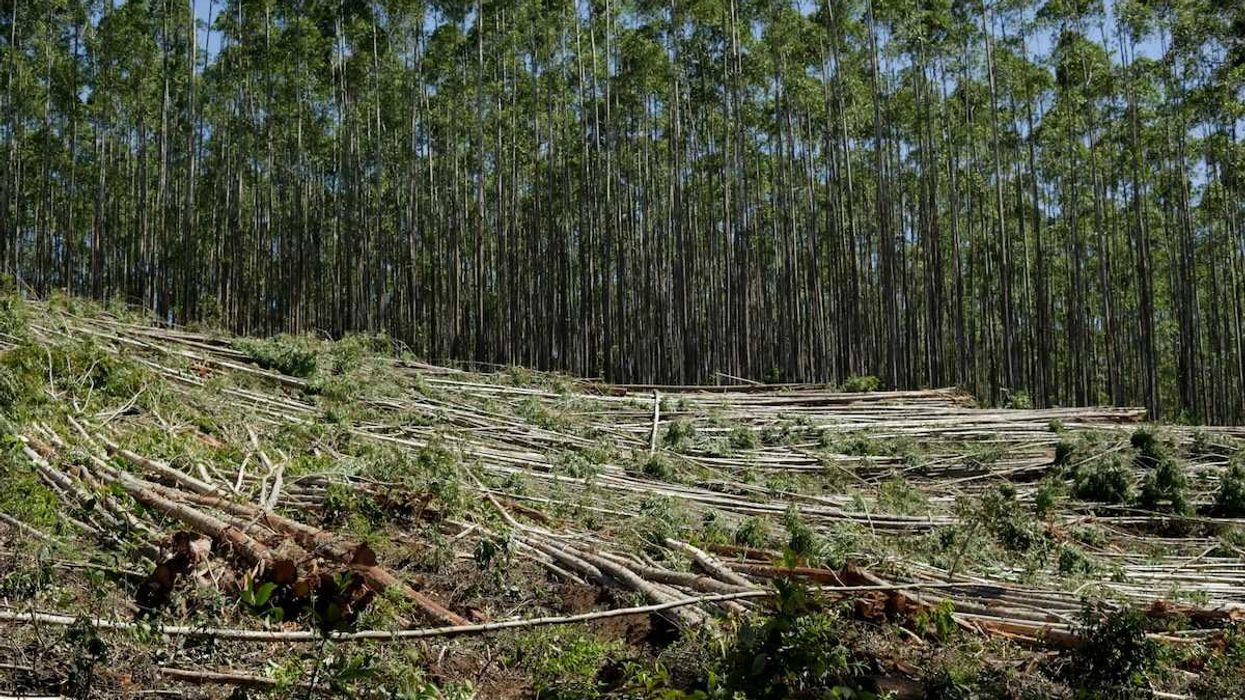California regulators are racing to find alternative paths to cut air pollution after Congress and the Trump administration stripped the state of its authority to enforce several landmark clean-air rules for cars, trucks, and trains.
Alejandra Reyes-Velarde reports for CalMatters.
In short:
- The Trump administration and Congress revoked California’s ability to enforce seven key emission rules, including bans on gas-powered car sales and diesel trucks, leaving the state with fewer tools to tackle smog and soot.
- Public opposition over rising costs, combined with lost federal tax incentives and lawsuits from conservative officials, has weakened support for aggressive air quality regulations.
- State officials are now exploring voluntary agreements, incentive programs, indirect source rules, and new regulatory strategies that don’t rely on federal waivers.
Key quote:
“This president, this Congress, will not kill the electric car. They won’t kill the electric truck, and they certainly won’t kill the California spirit.”
— Christopher Grundler, deputy executive officer, California Air Resources Board
Why this matters:
California is home to some of the most polluted air in the country, particularly in the Los Angeles Basin and San Joaquin Valley, where millions regularly breathe unhealthy levels of smog and fine particulate matter. These pollutants are closely linked to heart attacks, asthma, and premature death — especially in low-income communities of color located near freeways, ports, and warehouses. For decades, California relied on a Clean Air Act waiver to set stricter vehicle emissions rules than the federal government. With that power now rolled back, and clean transportation mandates repealed, the state faces new obstacles in fighting air pollution at its source: gas-powered cars and diesel trucks.
Read more: States ramp up electric vehicle incentives as Trump revokes California emissions authority














